With accompaniment by the Hong Kong Philharmonic and two guest Prince Siegfrieds (Ball and Constantine Allen from Dutch National Ballet) no expense has been spared.
Sadly, the best intentions do not always achieve the desired results.
A production as ambitious as this calls for a bigger company – Hong Kong Ballet’s 48 dancers are not enough, especially given the alarmingly high rate of injuries (apparently some 25 per cent of the dancers were out of action).
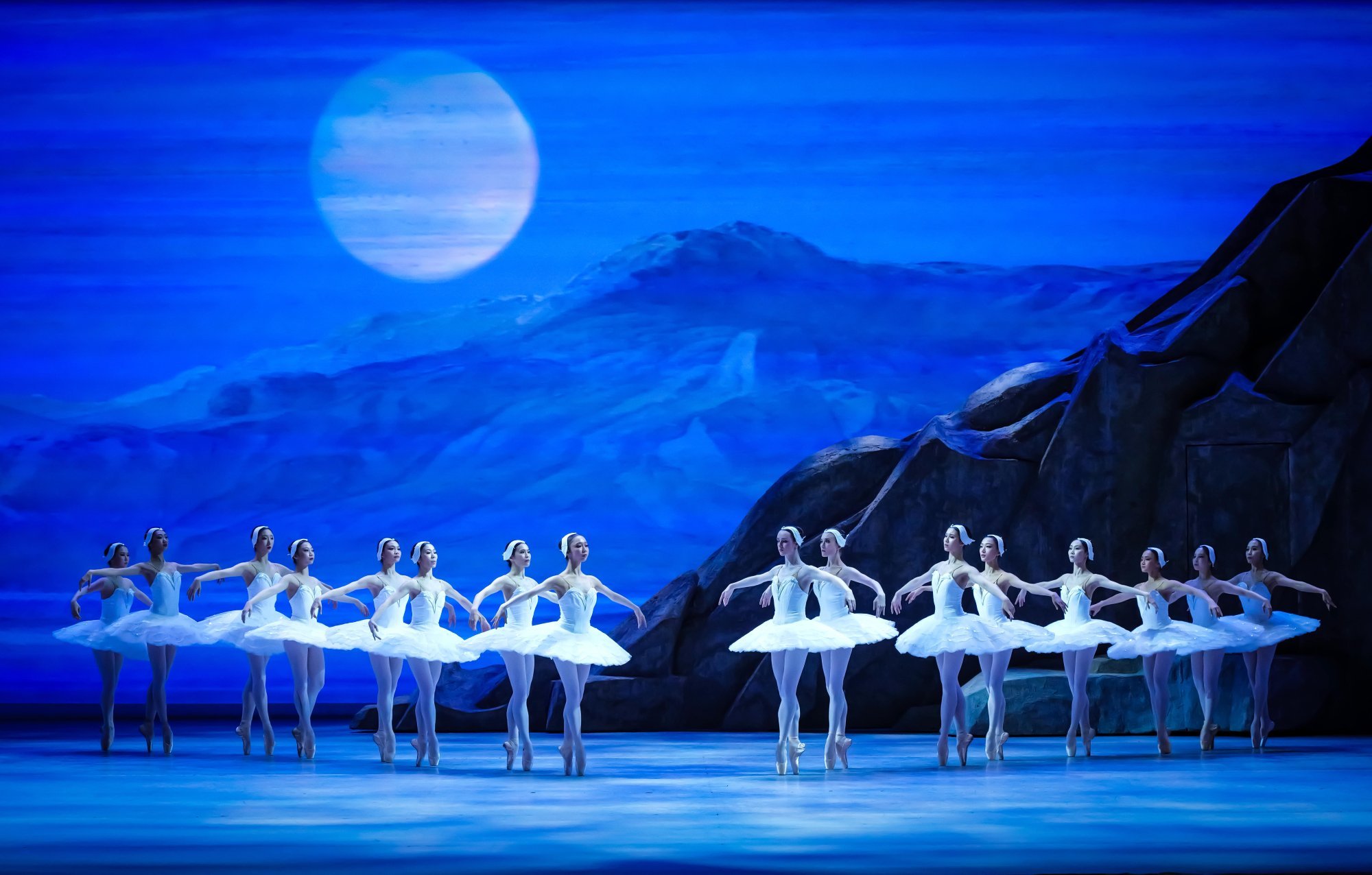
While bringing in extras may enable the show to go on, it creates its own problems – the aesthetic of the swan corps de ballet cannot be achieved with dancers of such wildly varying heights (the lake seems to be home to geese and ducks as well as swans).
Possokhov has made major changes to the story: the Jester, embittered at being bullied by the prince, takes revenge by transforming himself into the evil Von Rothbart. He causes Siegfried to fall in love with Odette, the White Swan, then to betray her with Odile, the Black Swan, leading Siegfried to drown himself out of remorse.
The original plot, where Von Rothbart is a sorcerer who turns Odette and her companions into swans who can only be freed from his spell by true love (which is why Siegfried’s betrayal is important), has gone, leaving the swans (and much else) unexplained.
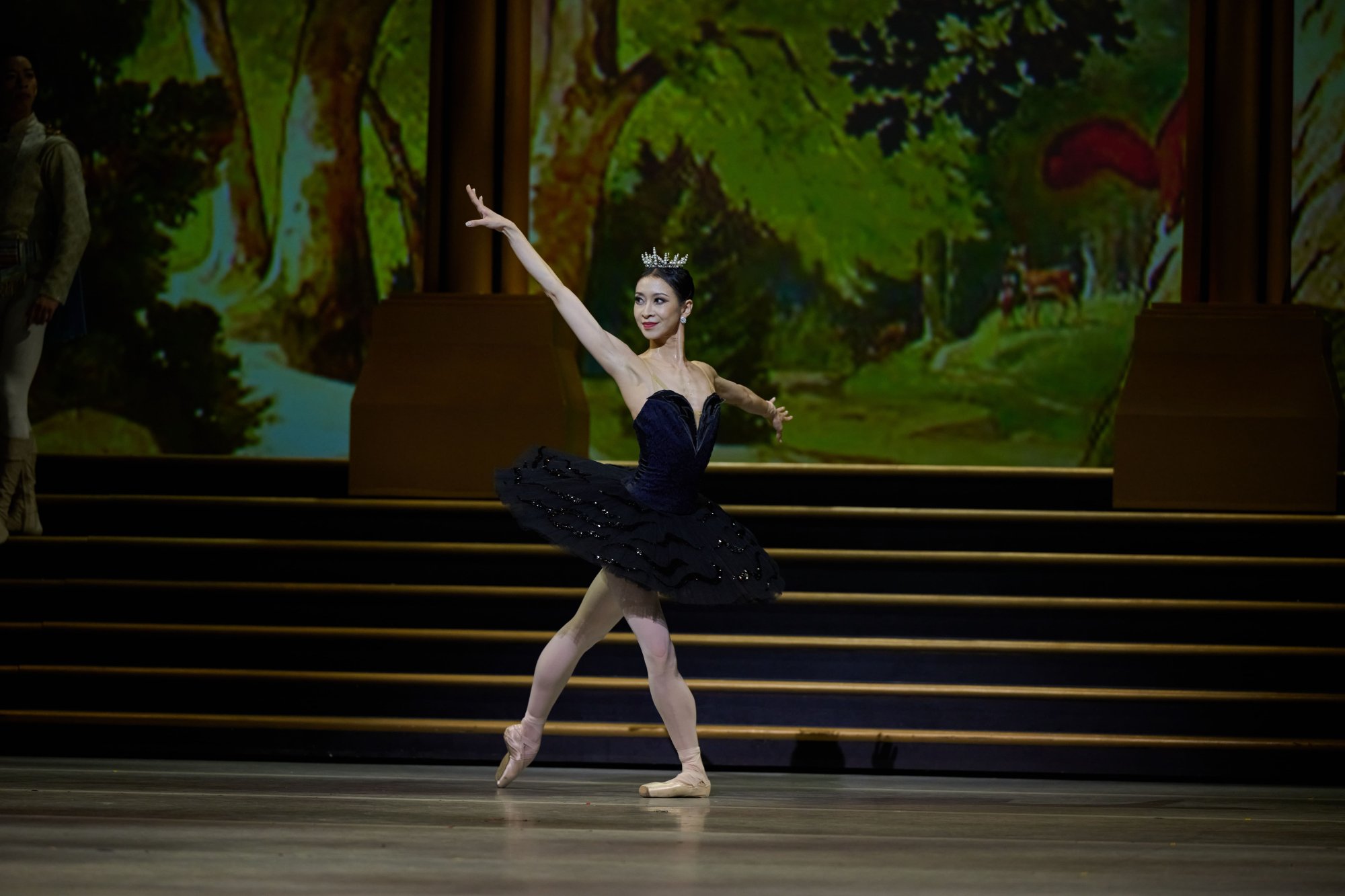
At the end Odette does not die, she simply goes off stage; and instead of the traditional apotheosis where the two lovers ascend to heaven together, the final image has them embracing each other under water while Von Rothbart turns back into the Jester (who is then sorry for what he has done, making things even more inexplicable).
However silly the original plot may be, at least it makes dramatic sense – this does not.
Possokhov is undoubtedly a fine choreographer – his musicality in particular stands out – and much of his original choreography for Act 1 is excellent, notably the waltz and the solos for the Jester.
Act 3 is more problematic. The dances by the princesses’ entourages do not have sufficient national character to match the music. The Italian (usually called the Neapolitan) works best, done in sparkling style by four men in the first show, less successfully in the third with three dancers only because of yet another injury at the last minute.
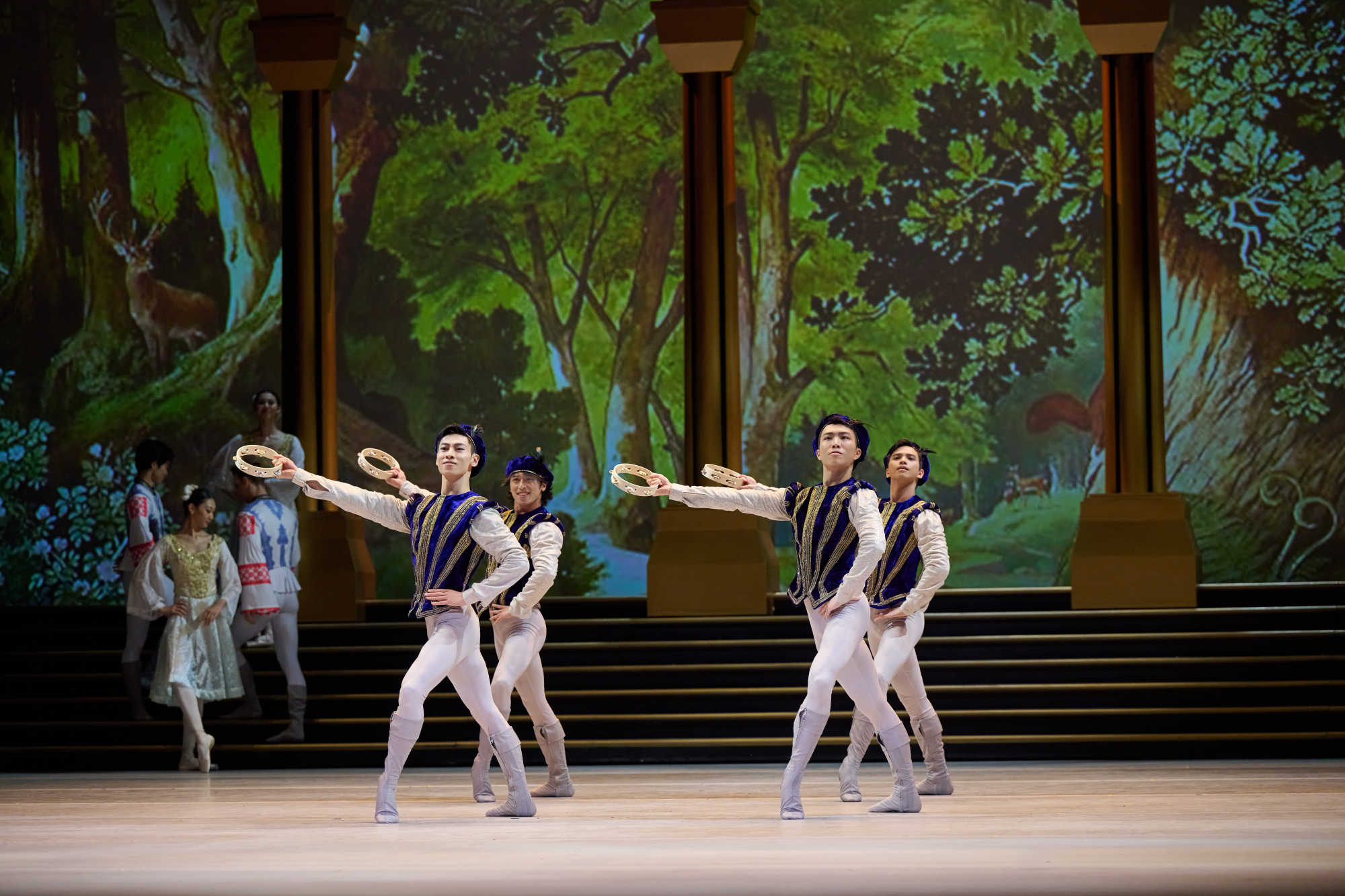
The production falls between two stools: a reinvented Swan Lake can be valid and exciting in its own right, as Matthew Bourne has shown. However, a classical one – which this is supposed to be – needs to respect the classical idiom in respect of technique and how the characters behave.
Having the four princesses presented to Siegfried as potential brides competing to give him something perilously close to a lap dance is not appropriate in a 19th century classic, nor are some of the cruder moves in the Spanish dance.
The moody solos for Siegfried, albeit movingly interpreted by Ball and Allen, are too modern in style and jar in this context.
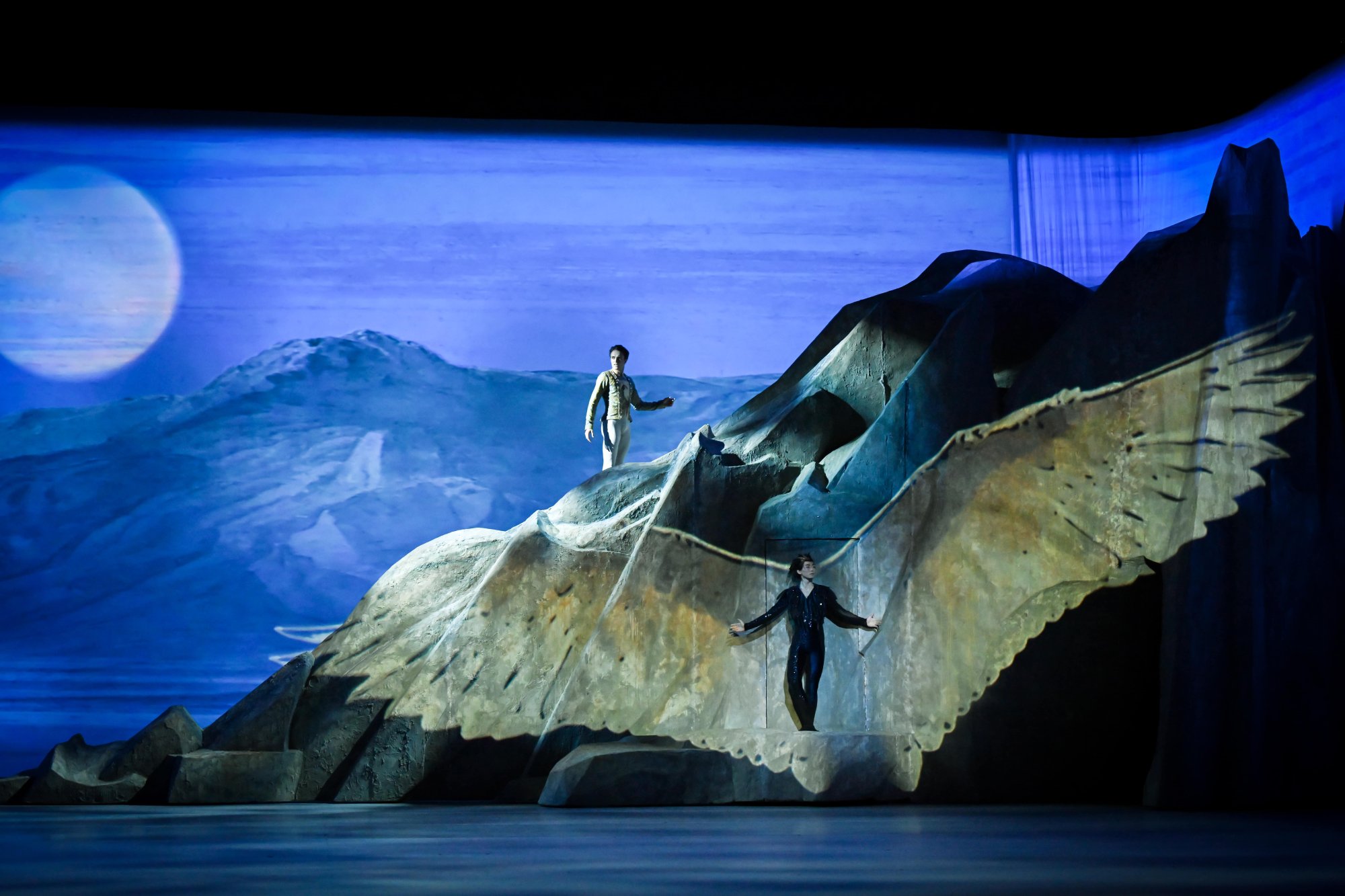
And then there are the designs. The lakeside set for the swans works well and the backdrop of mountains is striking. Unfortunately the palace sets are so massive that they do not leave enough space for dancing, and the forest (or is it supposed to be a tapestry of a forest?) at the back of the ballroom is a strange choice, featuring a squirrel the size of an German shepherd dog.
If the sets are a mixed bag, the costumes are almost uniformly dire.
The girls in the first scene appear to have spilled red wine down their white bodices, Von Rothbart seems to have raided Elton John’s wildest Las Vegas wardrobe, the Spanish men wear matador outfits in pale blue and baby pink (macho, not) – even the tutus for the swans are skimpy and cheap-looking.
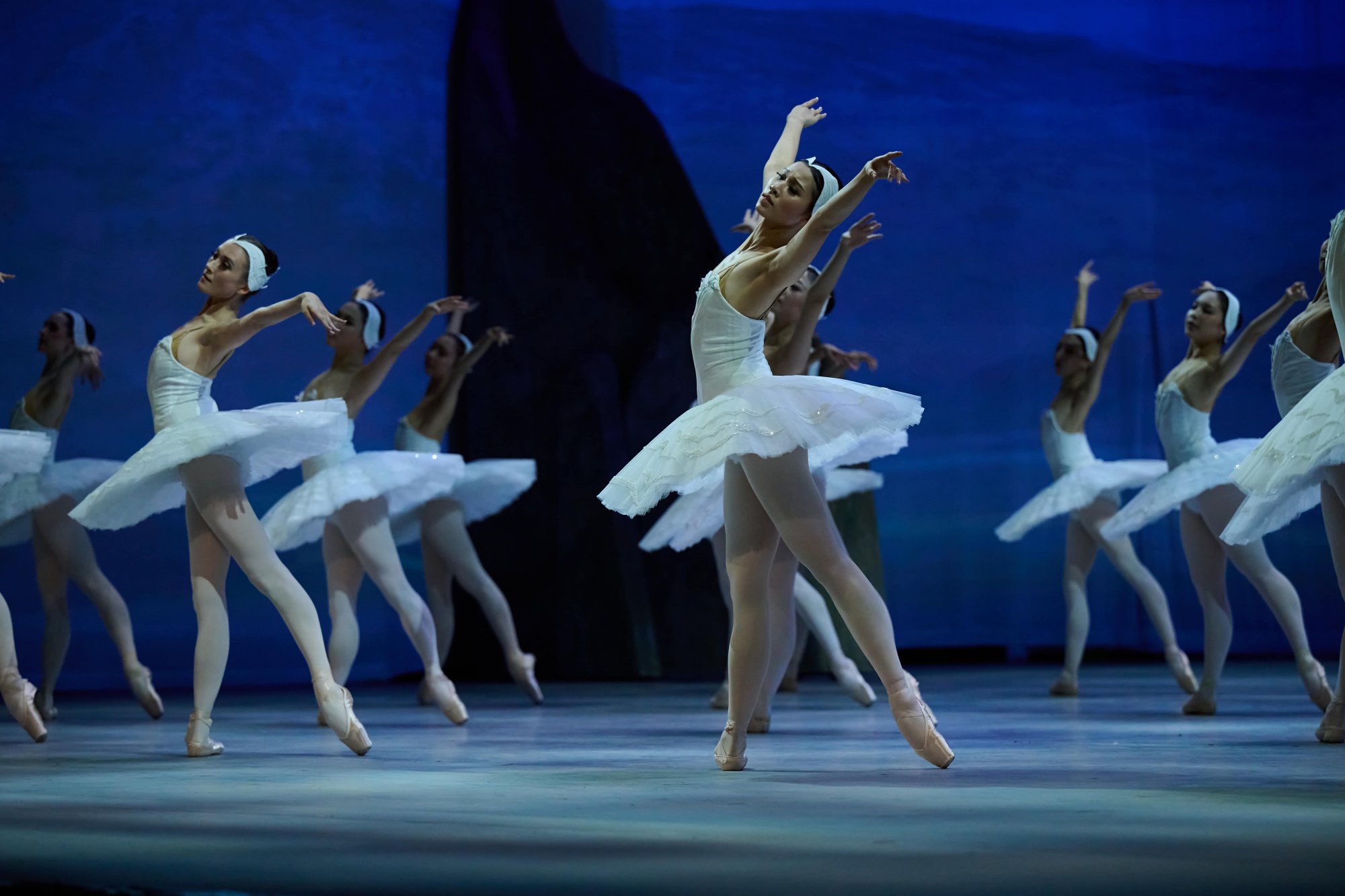
The Queen and her ladies in waiting are handicapped by huge, awkward crinolines of cringe-inducing ugliness. Possokhov’s cartoon treatment of the Queen may be intended as an ironic comment on the aristocracy; perhaps this is also the reason for portraying Siegfried and his friends as upper class thugs who abuse the Jester, their social inferior. Once again, the reinvention conflicts with a classical production.
The dancing was also something of a mixed bag, not surprisingly with so many injuries, but the dancers deserve kudos for their unfailing energy and commitment.
A big new ballet always takes time to settle – the swans, multiple heights and all, were already much more cohesive by the third show and no doubt by the final show next weekend everything will be running more smoothly.
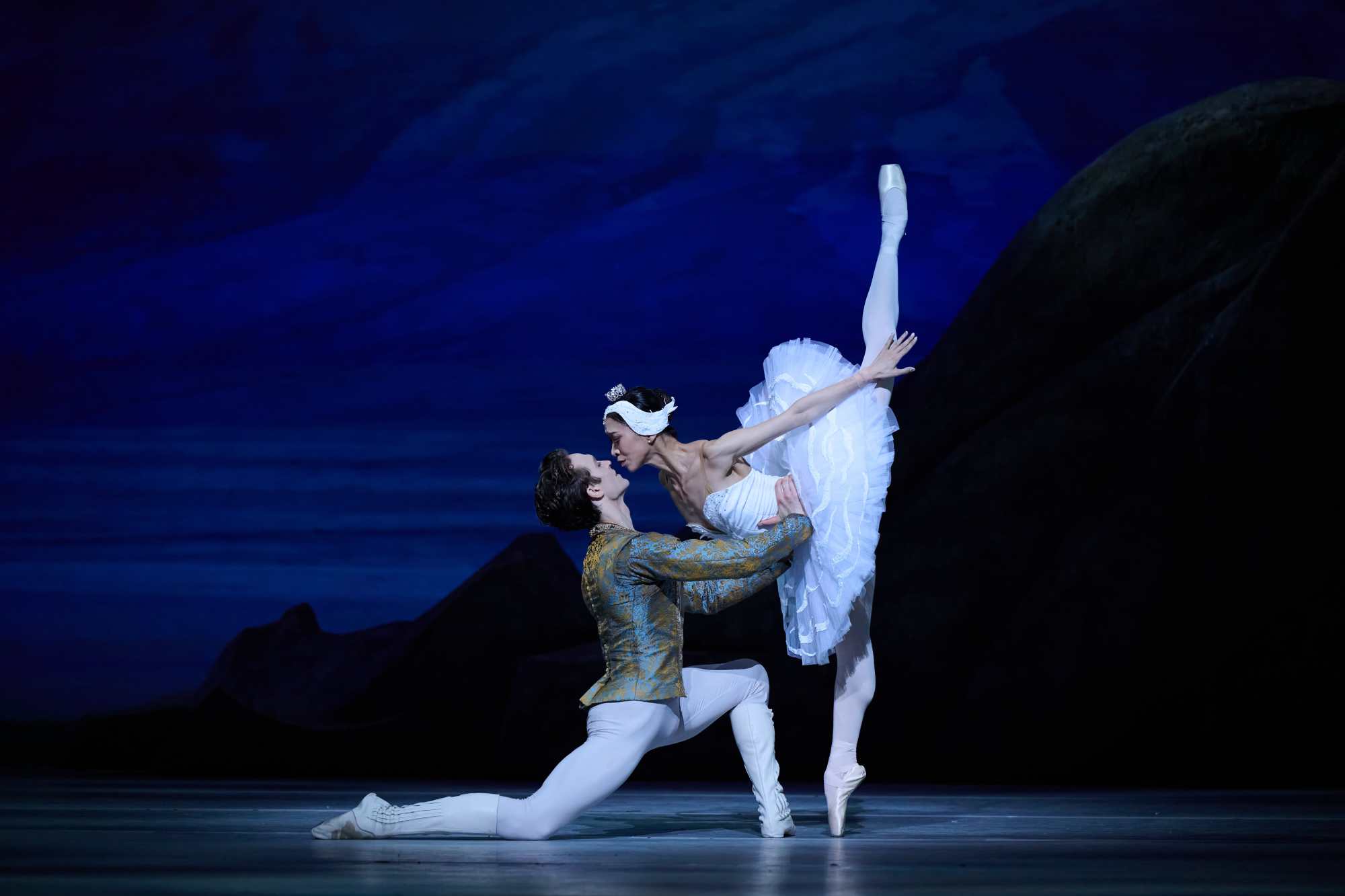
I have seen Ye dance Odette/Odile many times over the years – she has always been a fine Odile, and was again here. But this time her Odette was extraordinary: deeply heartfelt and intensely expressive, moving from exquisite lyricism in the adagio to breathtaking virtuosity in the closing solos.
A ballerina at the height of her powers, she took the role to a new level and it was a privilege to watch her. Her rapport with Ball was evident, and his own performance was an ideal example of Royal Ballet style: realistic acting, impeccable partnering and elegant, cleanly finished dancing.
This was a hard act to follow, and while Wang Qingxin shone as Odile, producing some dazzling dancing and revelling in Odile’s sexual power over Siegfried, she is not a naturally lyrical dancer. The angularity which serves her well in modern ballet worked against her as Odette, despite her obvious feeling for the role.

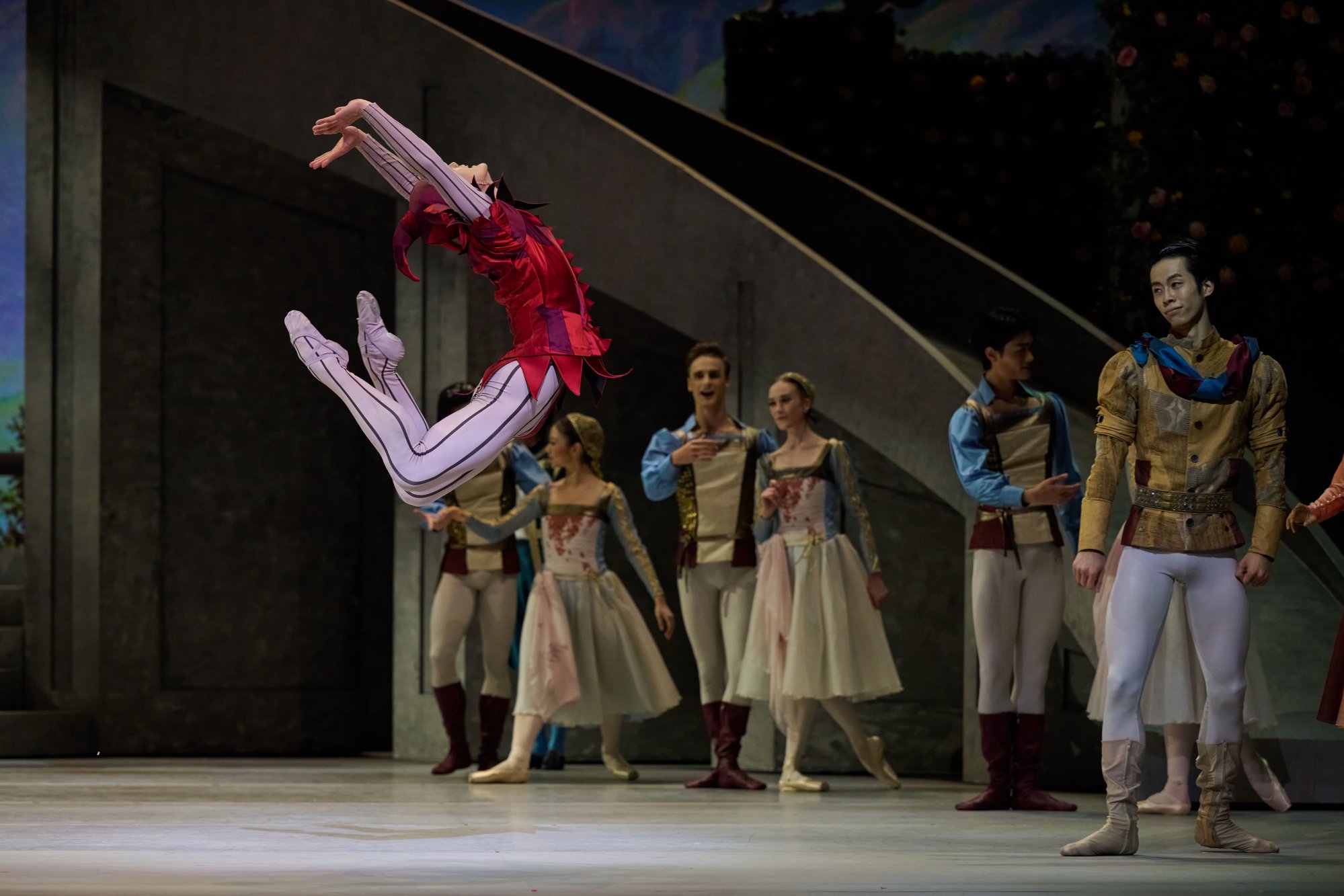
She and Allen clearly enjoyed dancing together and he brought plenty of emotion to Siegfried, although a dancer as tall as he is needs more space to do justice to his solos in the Black Swan.
There were outstanding performances as the Jester from both Wang Zi and Jeremy Chan, with dazzling dancing and impressively clear, detailed acting.
Jessica Burrows brought musicality, assured technique and a warm personality to the role of the prince’s friend; Basil James was a lively, confident Benno; and Yonen Takano and Garry Corpuz performed strongly as Von Rothbart, showing off their soaring jumps.
Swan Lake, Hong Kong Ballet, Grand Theatre, Hong Kong Cultural Centre. Reviewed: May 31 and June 1

